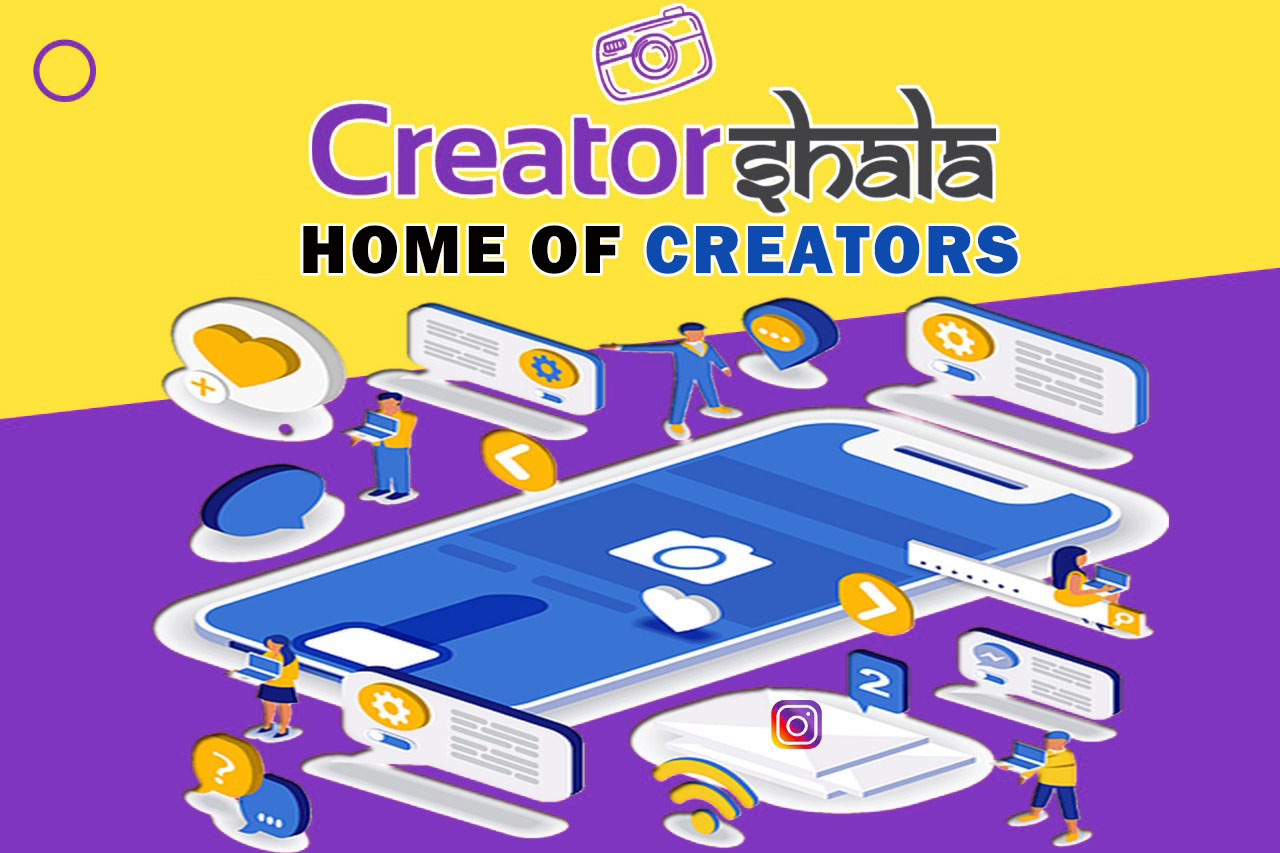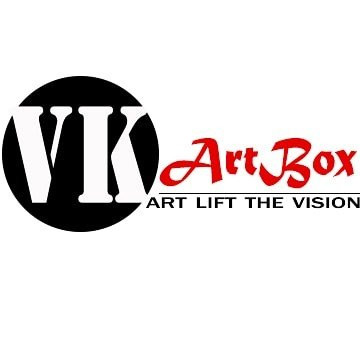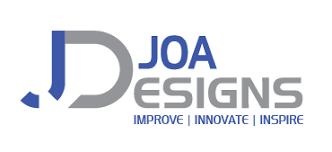3D Rendering 101: A Beginner’s Guide to Stunning Visuals
In an era where visual content drives engagement, 3d render has become an essential tool in industries ranging from architecture and product design to entertainment and marketing. Whether you’re a designer, entrepreneur, or simply curious, understanding the basics of 3D rendering is your first step toward creating professional-quality visuals.
What Is 3D Rendering?
3D rendering is the process of turning a 3D model into a 2D image or animation with lifelike lighting, materials, textures, and camera effects. Think of it as photographing a virtual object — except the object doesn’t exist in the real world.
From photorealistic product mockups to animated walkthroughs of buildings, rendering transforms digital models into compelling visuals that communicate design intent and aesthetics.
The 3 Core Stages of 3D Rendering
Modeling
This is the foundation of your visual. 3D modeling involves creating a digital object or scene using geometry — typically with polygons, curves, or sculpted surfaces.
Tools used:
-
Blender
-
Autodesk Maya
-
3ds Max
-
SketchUp
-
Rhinoceros
-
SOLIDWORKS (for product and mechanical models)
Texturing & Materials
Next, surfaces are given realism with textures (e.g., wood grain, fabric weave) and materials (e.g., metal, glass, plastic). This defines how light interacts with the surface — does it reflect, absorb, or scatter?
PBR (Physically Based Rendering) is a common method that mimics real-world material properties.
Lighting & Rendering
Lighting makes or breaks your render. From natural sunlight to soft ambient lights, setting up illumination is key. Once everything is set, the render engine calculates how light bounces and creates shadows, reflections, and refractions.
Popular render engines:
-
Cycles (Blender)
-
V-Ray
-
Arnold
-
Octane
-
KeyShot
-
Lumion
Design for Manufacturing (DFM)
An experienced product design consultancy ensures that the final design is production-ready. This involves:
-
Selecting appropriate materials and finishes.
-
Designing components for ease of assembly.
-
Liaising with suppliers or manufacturers for prototyping and tooling.
Reducing costs, minimizing waste, and streamlining production are key objectives.






















